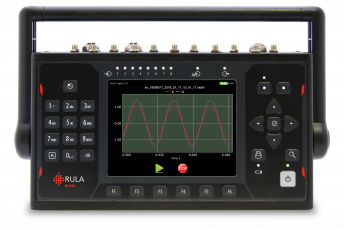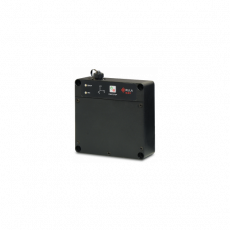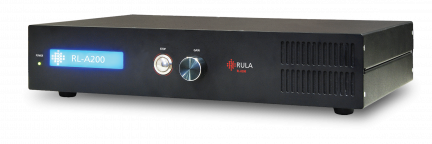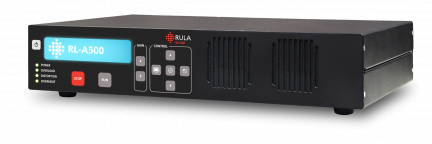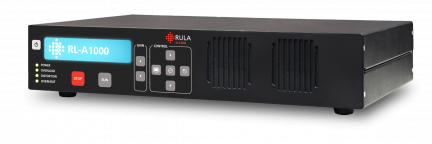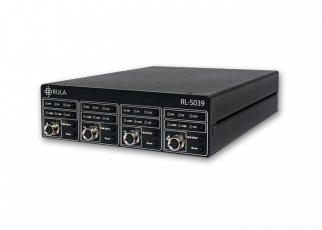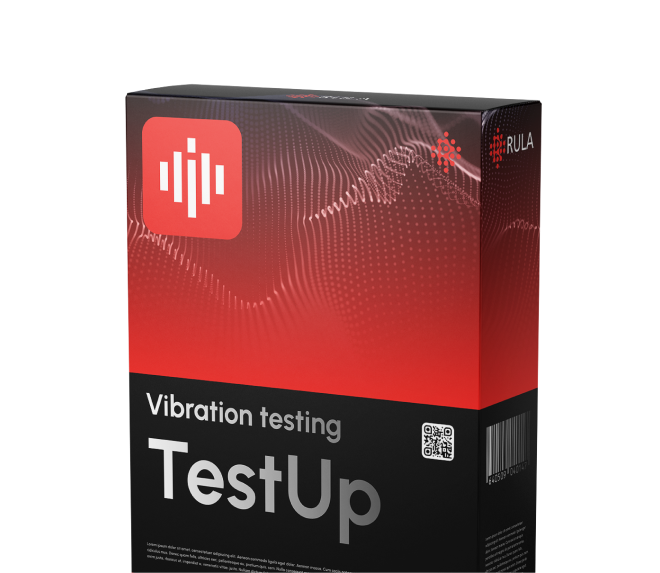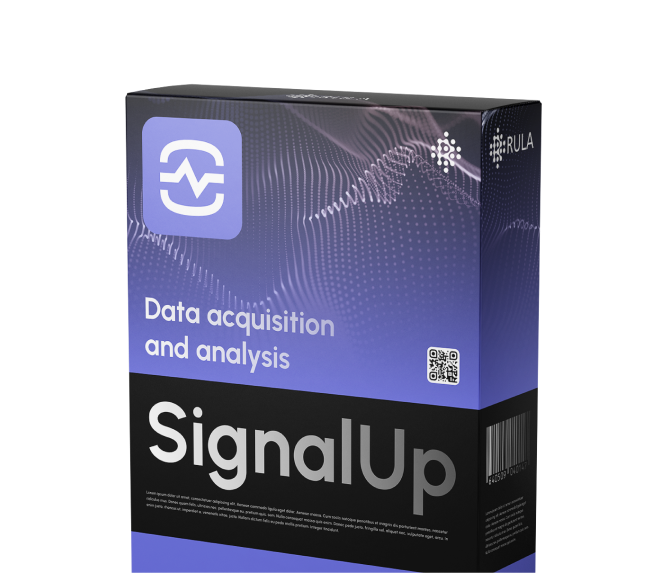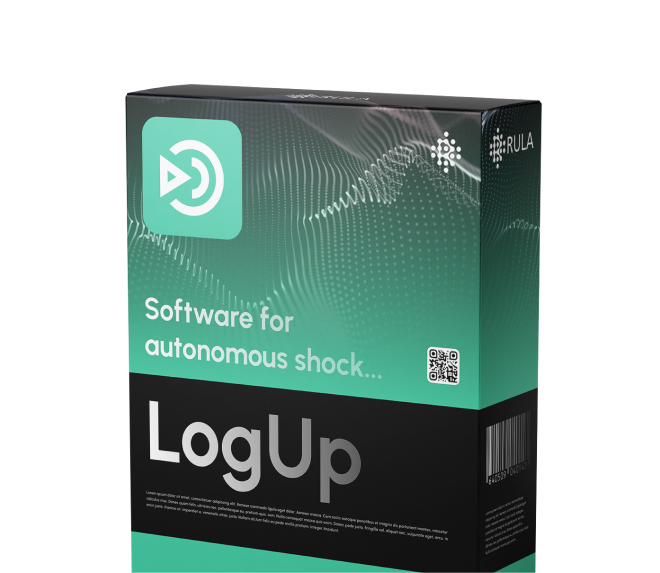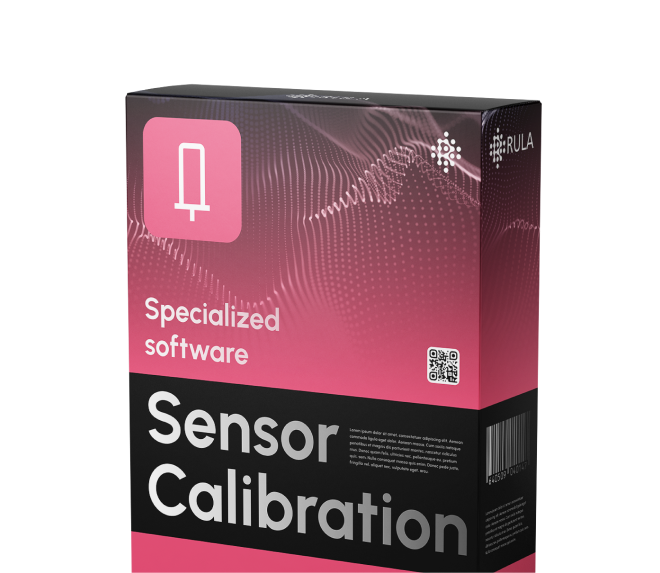In our previous articles we covered the other two commonly used test types — Sine and Random — alongside their peculiar features, pros and cons. In comparison to these two test types, Shock vibration testing excels at evaluating the ability of the products to withstand sudden and intense mechanical impacts, including drops, earthquakes and explosions.
Purpose of Shock Vibration Testing
Shock vibration testing aims to replicate the dynamic forces and mechanical shocks that a product may encounter during transportation, handling, or operation. By subjecting the device to controlled shock events, engineers can assess its structural integrity, performance under extreme conditions, and vulnerability to failure.
This testing method is particularly crucial in industries such as Automotive, Aerospace, Defense, Electronics, and Packaging, where products must withstand harsh environments and sudden mechanical impacts.
What is a Shock?
In vibration testing a classical shock is defined as a single short-term impact of pre-defined shape. The key characteristics of a classical shock will, therefore, be:
- Peak Acceleration
- Duration (usually a few milliseconds)
- And shape (the common classical shock shape types are rectangle, triangle, trapeze, half sine, etc).

How is Shock different from Sine and Random?
In classical shock testing you’d normally expose the test object to a series of shocks, but nevertheless each shock is a defined pulse, and not a continuous vibration impact like it is in other test types (Sine/Random, etc). This will be the main factor differentiating Shock test from the other basic test types.
Types of Shock Tests
In addition to classical shock, there is a number of other common shock types. Some of those can be run on electrodynamic shakers as standard vibration tests, others require different equipment and tools. We’ll list just a few of those for reference, and discuss some of them in more detail below:
- SRS
- TTH (including sine burst and sine beat)
- Transient Capture
- Drop tests/Free fall
- Pyro-shocks
- Gunshocks of various kinds
Setup for Shock Vibration Testing
The typical setup for shock vibration testing involves the following components and equipment:
-
Vibration shaker
-
Test Fixtures and Cushioning
-
Sensors
-
Vibration controller
-
Environmental Chambers (optional)

Let us discuss each element of the test setup in detail.
Vibration shakers
When we are talking about classical shock, SRS or TTH test types, we normally run those on a typical servo-hydraulic or electrodynamic shakers. These vary in size, rated force and type, selected depending on your test specification.
However, there is a shaker type specific to Shock vibration testing - mechanical shock machines. Shock machines simulate the effects of impact events and are used when the primary focus is on evaluating the DUT's ability to withstand sudden impacts. The most common types of a shock machine are drop testers, free fall machines, pneumatic shock machines, etc. These are designed specifically for generating high-intensity shocks.
.jpg)
Vibration controllers produced by RULA Technologies have a designated software module, which allows working with shock and drop machines – Transient Capture. The main difference of working on a shock machine is that in this case we will be working without closed-loop control. However, the parameters of the pulse generated on a shock machine will be captured and analyzed in the Transient Capture module.
Fixtures and cushioning
The product or device under test (DUT) should be securely mounted to a fixture that connects it to the vibration shaker. The fixture should be designed to adequately transmit the vibrations to the DUT and accurately represent its real-world mounting configuration. Depending on the nature of the DUT, specialized fixtures or cushioning materials may be required to simulate the real-world environment accurately.
Sensors
Various instruments are used to measure and analyze the response of the DUT during shock vibration testing. These may include accelerometers, strain gauges, displacement sensors, load cells, and other transducers. These instruments help to capture the DUT's response to the imposed shocks accurately.
Shock sensor and shock accelerometers are the structure specifically designed to withstand high shocks. Those will mainly be necessary when working with high shock amplitudes, on shock and drop machines, etc. They are different from ordinary sensors in a way that they normally have lower sensitivity, wider amplitude range and rugged housing, all of which allows them to operate in extreme acceleration environments. For high acceleration shock, the sensors of lower sensitivity are used.
Vibration controllers
In order to adequately control the test process and be able to adjust the characteristics of the signal based on the response, engineers use a vibration controller. The vibration controller allows the operator to set the desired vibration parameters, such as frequency, amplitude, and waveform. After that the controller generates the specified signal and also controls the feedback through its closed-loop algorithm, to adjust the parameters according to the system response.
RULA has a line of vibration controllers to offer, which are designed to provide a wide range of shock tests. TestUp software offers each type of shock test individually, or a “shock test bundle” if shock impacts are the main focus of your testing routines. Contact us to learn about this special offer.
Additional Considerations
In some cases, shock vibration testing may need to be conducted under specific environmental conditions, such as temperature, humidity, or altitude. Environmental chambers or chambers with thermal control capabilities can be used to replicate these conditions during testing.
Please mind that RULA controllers have a possibility of climate chamber monitoring integration via ModBusTCP protocol.
Test Profiles for Shock Vibration Testing
To conduct shock vibration test, engineers need to define the appropriate test profile based on relevant standards or specific DUT requirements. These profiles are defined to replicate the specific shock events that a product may experience in its intended application. The key parameters of a shock test profile include pulse duration, peak acceleration, and waveform shape.
In TestUp software, shock test is set up and run in just a few simple steps, as you can see in the screenshot below.

Basically, you specify the shock pulse duration, shape (or type) and pulse amplitude and the desired number of shocks.
It is also important to set the parameters of pre- and post-pulses, which define the shaker movement before and after each pulse. These parameters are necessary to maximize the use of the shaker displacement – drive the shaker to the extreme lowest position before each shock (pre-pulse) and bring it back to neutral position after each shock (post-pulse).

The basic profile graph for shock test will be acceleration vs time as you see above. However, you can call and monitor a number of other interesting graphs, including the SRS graph, if you enable SRS creation for the shock test you run in the settings.
International Standards for Shock Vibration Testing
Several international standards provide guidelines and specifications for conducting shock vibration tests across different industries. These standards ensure consistency and enable engineers to evaluate products based on universally accepted criteria. Some notable standards include:
- MIL-STD-810G Method 516.6 - widely used in the defense industry, this standard assesses a product's ability to withstand mechanical shocks encountered during transportation, operation, or other environmental conditions.
- IEC 60068-2-27 - focusing on the testing of electronic components and products, this standard provides guidance on shock test methods, test conditions, and measurement techniques.
- ASTM D3332 - specifically relevant to packaging applications, this standard outlines test procedures and profiles for evaluating a product's ability to withstand shocks experienced during transportation.
- ISTA 6-Amazon SIOC and ISTA 6-Amazon Over Box – Amazon standards for the packages. Amazon Packaging Support and Supplier Network (APASS) certified labs are approved to perform ISTA 6-Amazon tests and provide certification. Independent testing labs can participate in vendor certification and create new revenue streams.
- DO-160 – gives guidelines to test procedures of various airborne equipment, including the tolerance to shock impacts.
- BSEN 60068-2-27 – British military standard has a particular section devoted to shock - SI. British Standards. Environmental testing. Tests. Test Ea and guidance. Shock. 2009.
TestUp software currently already include templates, providing the standard shock profiles build according to some of the standards listed above. Read more.
Shock features and advanced types
Shock vibration testing comes in several forms and types, mostly varying based on the particular field. The two most commonly used advanced shock testing methods are SRS (Shock Response Spectrum) and TTH (Transient Time History).
The main purpose of using the Shock Response Spectrum in shock vibration testing is to assess the potential damage or failure modes of the tested product or device under different shock conditions. The SRS testing module in TestUp gives access to advanced shock forms (ZERD, sine chirp, sine wave, burst random, etc) thanks to the synthesis function and allows the user to customize wavelets and spectral lines.

Unlike the Shock Response Spectrum (SRS), which provides a frequency-based representation of the maximum response, the Transient Time History (TTH) captures the complete temporal profile of the shock input. It records the precise amplitude and timing of the shock waveform at each moment during the test.

The Transient Time History is typically recorded using high-speed data acquisition systems and sensors, such as accelerometers or strain gauges, which capture the instantaneous response of the structure or device to the shock input.
Both SRS and TTH are testing methods deserving separate articles.
Advantages and Limitations of Shock Vibration Testing
Like any testing method, Shock vibration testing has both pros and cons. Understanding these can help engineers make informed decisions and optimize their testing processes. Here are some key advantages and limitations:
Advantages:
- Realistic Simulation: Shock vibration testing replicates the actual mechanical impacts experienced by products, providing a realistic assessment of their behavior under extreme conditions.
- Failure Analysis: Shock vibration testing aids in identifying and analyzing failure modes and mechanisms under extreme shock events. It allows for the detection of weak points, structural vulnerabilities, component failures, or unexpected behaviors that may occur during sudden shocks.
- Reliability Evaluation: Shock vibration testing provides valuable insights into a product's resistance to environmental factors, including shocks, vibrations, and temperature fluctuations, ensuring its reliability and durability.
Limitations:
- Test Duration: Shock vibration testing often requires longer test durations compared to other vibration testing methods. This is due to the need to replicate a wide range of shock events, which can be time-consuming.
- Complexity of Data Analysis: Analyzing the data collected from shock vibration testing can be challenging, as it involves processing large amounts of information and interpreting statistical parameters.
- Complex Test Setup: The setup for shock vibration testing can be complex and time-consuming. Proper fixturing and securing of the DUT, as well as ensuring accurate instrumentation and control, require expertise and careful attention to detail.
Conclusion
Shock vibration testing is a vital component of the product development and quality assurance process, allowing engineers to evaluate the durability, reliability, and performance of products exposed to sudden mechanical impacts. By understanding the purpose, setup considerations, test profiles, and associated advantages and limitations, engineers can conduct effective shock vibration testing, ensuring product integrity and customer satisfaction.
If you have further questions about shock vibration testing, please contact us in any convenient way:
- contact@rula-tech.com
- +371 6610 2166



